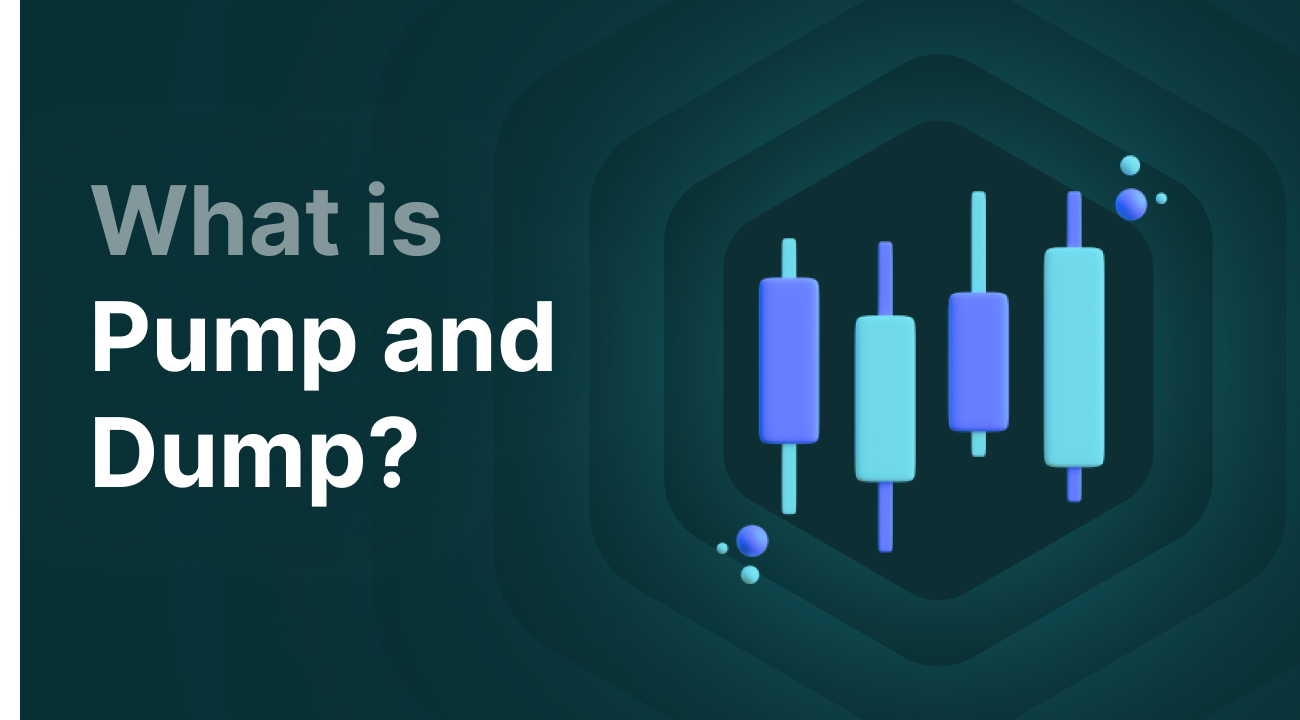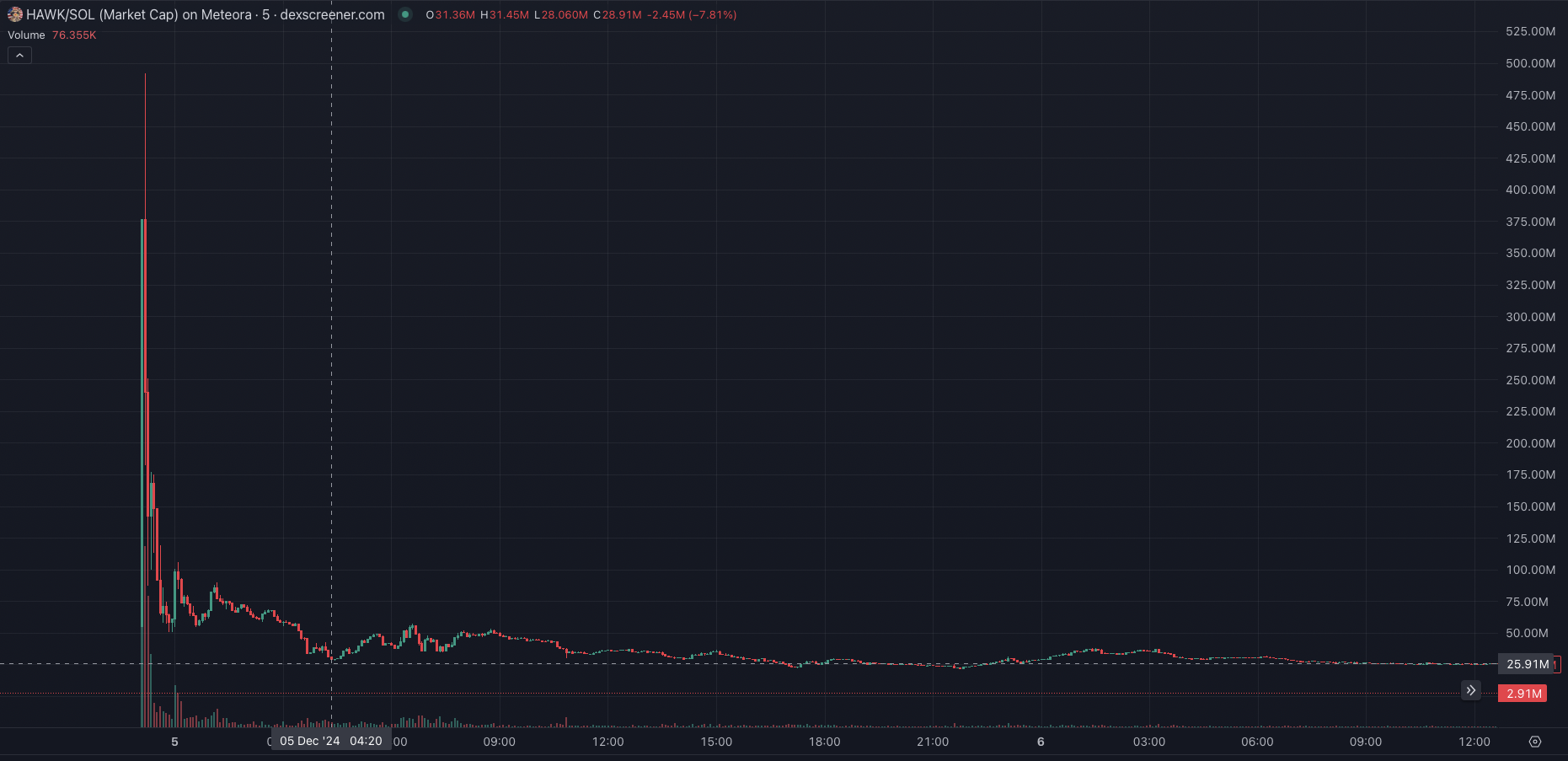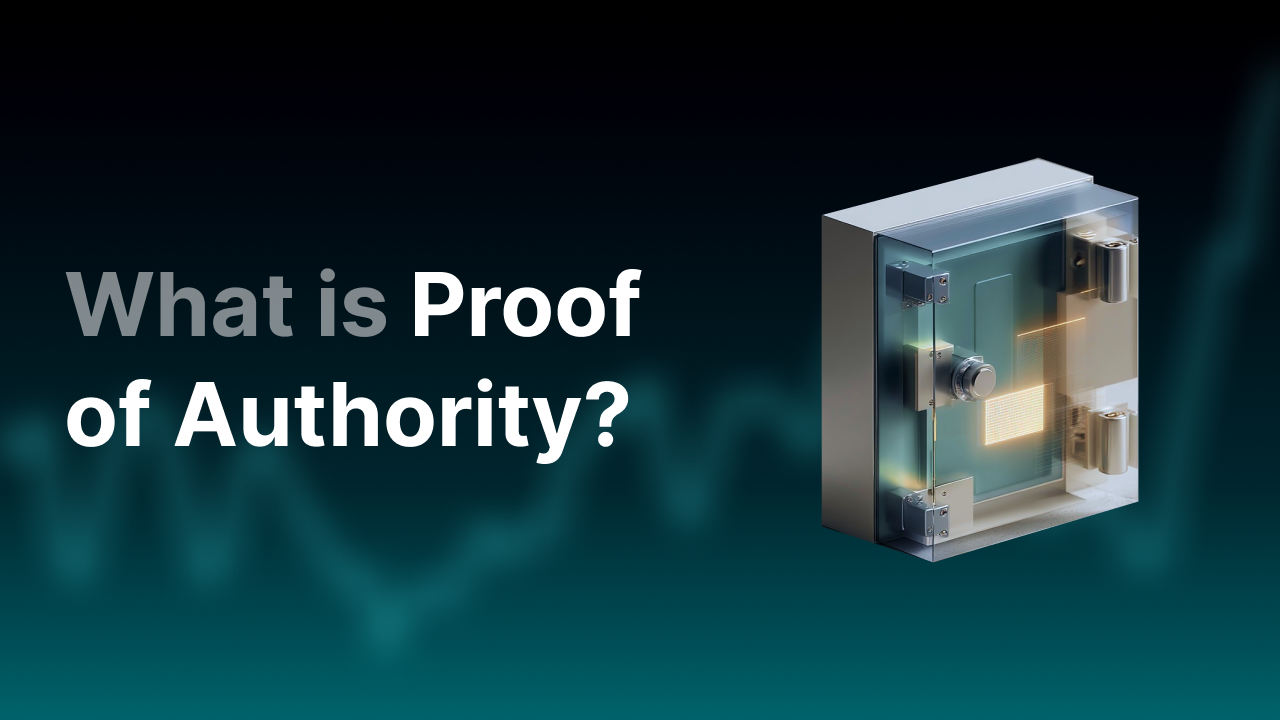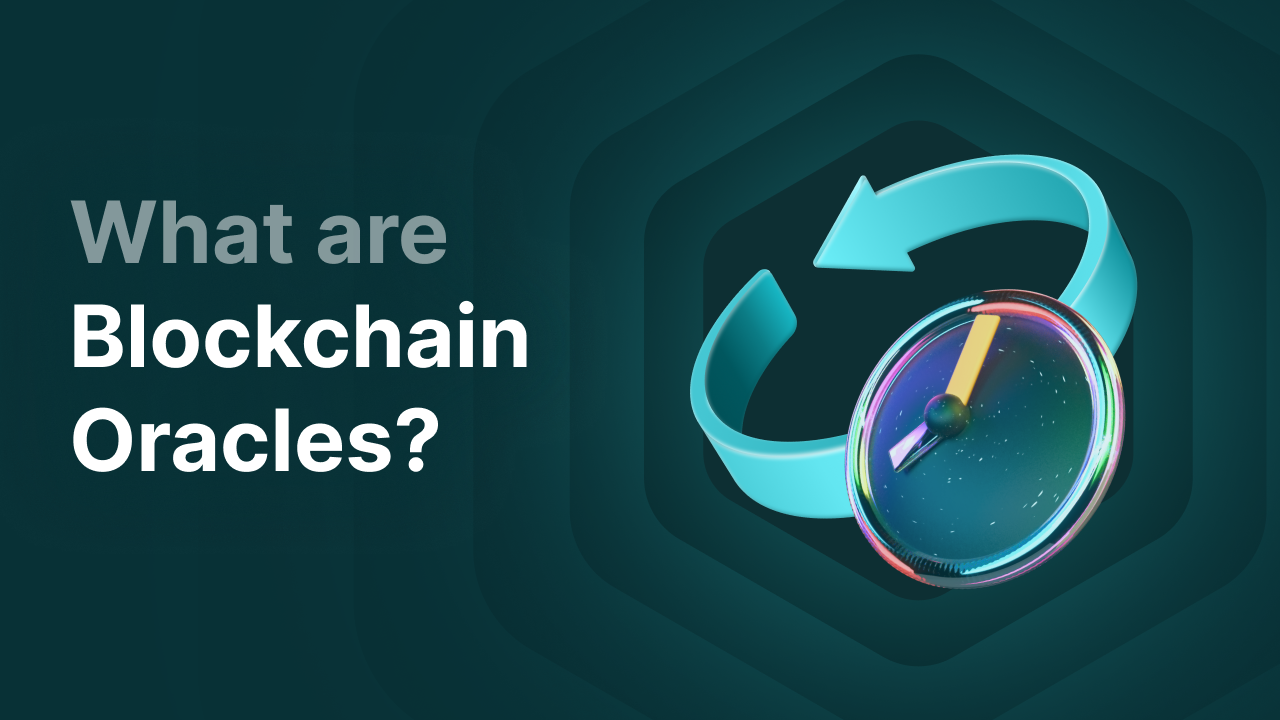What is pump and dump in crypto?

What is a pump and dump?
A pump and dump (or pump en dump) is a type of market manipulation where the price of a stock or crypto coin is artificially pumped up (pump), then sold off for profit (dump). The price crashes hard afterward and investors who jumped in last are left with huge losses.
This kind of scam existed long before the rise of Bitcoin and crypto, pulled off by scammers for centuries. As far back as the 18th century, pump and dump moves were known, like the South Sea Bubble. Back then, British politicians and businessmen drove stock prices up through deception and false promises, then cashed out and left trusting investors holding the bag. Even back then, they hired “influencers” like famous singers and storytellers to hype up stocks in the streets. Classic pump and dump stuff, just without all the digital tools.
Key takeaways
- Pump and dump is market manipulation where prices are artificially driven up then quickly crash, making investors lose a lot of money.
- Pump and dump schemes are often run through social media or by big investors (whales) who subtly control the market.
- Token distribution or red flags in smart contracts can hint at a possible pump and dump.
- Low liquidity and missing locked liquidity make a token easier to manipulate, raising the pump and dump risk.
- Joining pump and dumps is risky, illegal under new rules (like MiCa) and unethical since it costs other investors money.
Pump and dump schemes in the crypto market
In crypto, pump and dump schemes are often pulled off by people or groups trying to make quick money through market manipulation. These are often token founders or scammer groups who decide to promote a token on social media while holding a big chunk of the supply themselves. There are also professional crypto whales, made up of rich investors who team up to slowly drive up a small token’s price and lure in new retail investors.
Here’s how both types work:
1. Pump en dump using social media
Social media pump and dump schemes are the most common and easiest to spot. The token’s promo campaign usually happens on Telegram, Discord and X. A group of investors tries to grab your attention and tells you to buy a certain coin at a specific time. They say the project has lots of potential and often make false promises. That way, you as an investor think you can make a huge return.
Sometimes, they even give you “VIP access” so you find out about the coin earlier. But in reality, the organizers have already been buying in or are the developers holding most of the tokens. The moment you buy and the price goes up, they dump their tokens. The price crashes in minutes, sometimes as much as -99 percent. You’re stuck with worthless tokens, they walk away with the profits. A classic pump and dump.
One example of a pump and dump on social media is the alleged pump and dump by influencer Haliey Welch (known for the Hawk Tuah clip on TikTok). She launched her own memecoin HAWK on Solana on December 24, 2024 after promoting it on TikTok and Instagram. The coin’s market cap shot up to $500 million super fast, then crashed by about 95 percent in under six hours down to $25 million. After that, complaints were filed with the US Securities and Exchange Commission since there were signs of insider trading. Sounds like a classic pump and dump.

2. Professional pump en dump by whales
Pump and dump done by whales is harder to detect since they buy in gradually over time. Basically, a group of rich investors (whales) buys up a small coin over months without drawing attention. Then they use subtle tricks to manipulate the market. They might use trading bots that automatically buy and sell to make it seem like there’s lots of activity. It looks like high demand, even when it’s not. Then you have test pumps, short price bumps they cause on purpose to see how many people react. If lots of people jump in, they know: “this coin’s ready for a real pump.”
Another trick is setting up sellwalls. These are huge sell orders placed just above market price. At first it looks like that goes against their own profits, but that’s the whole point. A sellwall slows down price rises so the manipulators stay in control. That gives them time to buy up tokens cheap until they’re ready for the big pump.
When the price really spikes and it looks like “the next big hype” to outsiders, they dump all their tokens. Suddenly there’s tons of sell pressure and the price drops hard.
How to spot a pump and dump
Thousands of new tokens launch every day, like on Pump.fun. A lot of them are just pump and dump tokens made to trap you. Luckily, there are lots of signs to look out for that can warn you.
General red flags
- Sudden hype on social media around a random coin, usually a memecoin
- Telegram groups inviting you to “the next 100x”
- Lots of spam about a coin “listing soon on Binance or another big exchange”
- A fast, unexplained price jump with no real news
- People yelling “buy now!” all over social media
Red flags in the token’s smart contract
Some scammers use the token’s smart contract to control or block the market. Like features that let them freeze trading so you can’t sell your tokens. Also suspicious are contracts that aren’t verified or renounced. Unverified contracts are hidden, so you can’t see the token supply details. And tokens without renounced ownership can still be changed by the devs, like minting new tokens.
- Trading freeze: owner can pause or block trading anytime
- Blacklist features: some wallets can be blocked from buying or selling
- Extreme transaction fees: hidden fees may go straight to the devs
- Unverified contracts: the code isn’t public so you don’t know what’s in it
- No renounced ownership: owner can still change or abuse contract features
Token distribution that hints at pump and dump schemes
How tokens are distributed can also point to a pump and dump. If one wallet holds over 50 percent, they can totally control the price. If they dump, the price crashes fast.
A token burn can be a good sign. Burning means sending tokens to a dead wallet to reduce supply. Devs do this to create scarcity and show investors they don’t plan to keep or dump tokens themselves. It’s important to check if that burn really happened on-chain. A burn address is only safe if it’s a real dead address (like 0x000…dead) that no one can access.
- Token distribution: if one wallet holds more than 50 percent, or a few wallets together hold the majority, that’s a huge dump risk
- Whales could dump: big holders might sell all at once and crash the price
- Check burn claims: if they say “90 percent burned,” verify it
- Real burn address: only addresses like 0x000...dead are safe, nobody can access them
Liquidity as a red flag in pump and dump
Lastly, a token’s liquidity says a lot about how legit the project is. Scammers can use liquidity to their advantage and set up pump and dump schemes.
If a token has low liquidity and market cap, a few big orders can move the price a lot. Scammers can trigger big price swings with little money and start a pump. After dumping their tokens, the price and liquidity crash. Then it’s even harder to sell, since there are no buyers to catch the sell pressure.
It’s also smart to check for locked liquidity. If liquidity is locked, it means the devs can’t pull the money out for a certain time. That lowers the risk of a rug pull or pump and dump. If there’s no locked liquidity, scammers can pull out or mess with the liquidity anytime.
Liquidity plays a big role in spotting pump and dump risks. Look for this stuff:
- Low liquidity = easy to manipulate: with just a few thousand bucks in the liquidity pool, the price moves big with small buys or sells
- Fast crash during a dump: if no one’s buying, the price tanks when scammers dump
- No locked liquidity: red flag, the team can yank the liquidity anytime
- Too short lock: a few days or weeks is sketchy, serious projects lock for months or even years
- Suspicious ratios: if market cap is in the millions but only $5,000 liquidity, something’s fishy. A good liquidity ratio is usually around 80 percent of market cap
Tip: Tools like DexTools and DexScreener help you check liquidity, locked liquidity and the liquidity to market cap ratio.
Why you should never join a pump and dump
Now you know the ins and outs of pump and dump groups and tokens. You might think: can’t I just make some money too? What if I sell in time before the pump and dump happens? Then I can still make a good profit, right? In theory, yes, but in practice it always sounds better than it is.
Pump and dump organizers are always one step ahead of you. You usually find out it’s a pump and dump after they’ve already run off with your cash. You’re the person making their profits possible.
Also, joining pump and dump schemes will soon be banned under the new MiCa crypto rules. And that’s not even touching on the fact that you’re making money at the expense of other people.
Final thoughts
Pump and dump schemes have been around forever, and they’re popping up all over crypto too. They usually end up hurting smaller, inexperienced investors while the organizers and big players cash out. Watching out for sudden hype, shady smart contracts, and low or unlocked liquidity can help you steer clear. Getting involved in pump and dumps is super risky—and with laws like MiCa, it’s more and more illegal too. Regulators like the AFM are working hard to keep the crypto market safer and fairer for everyone.




